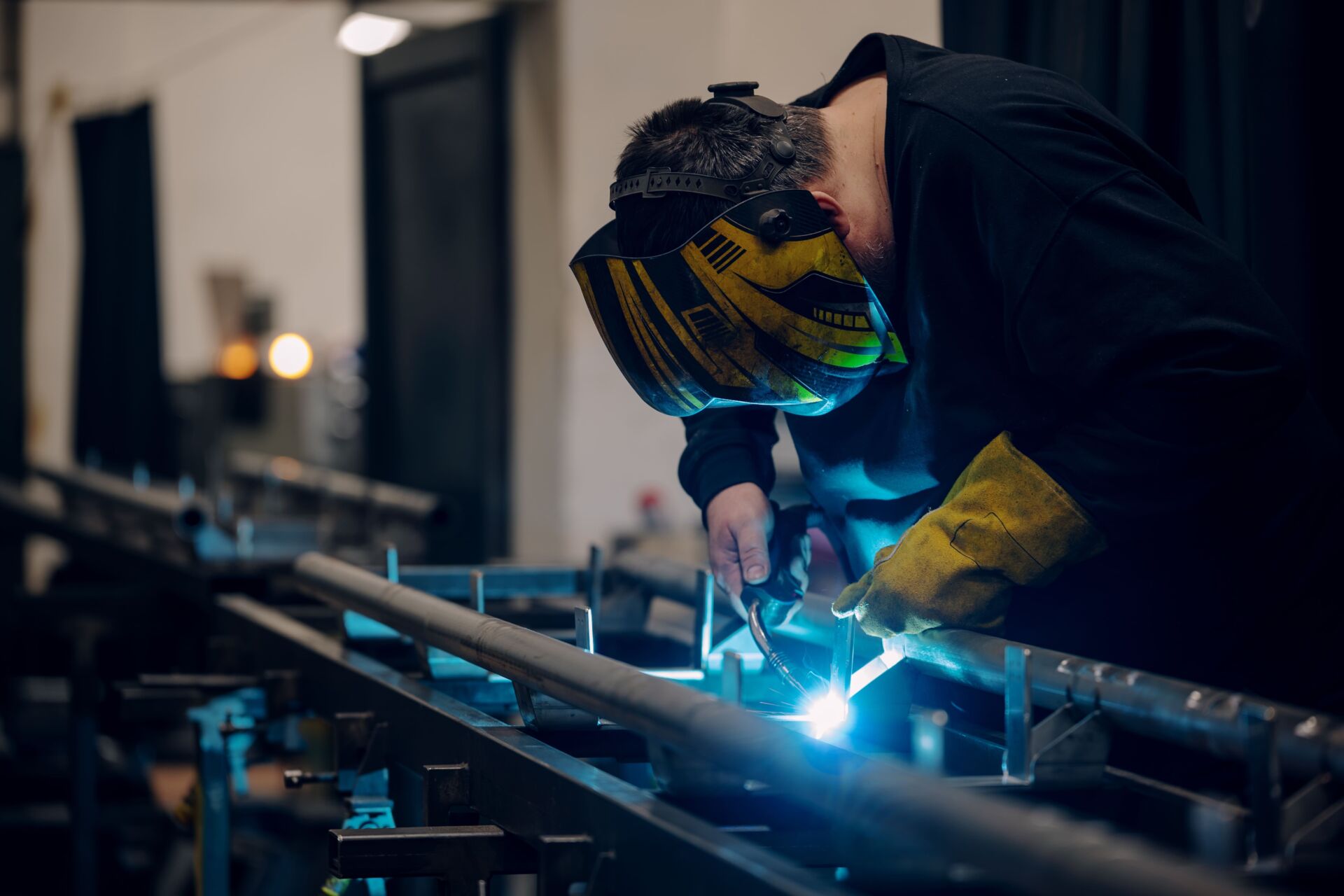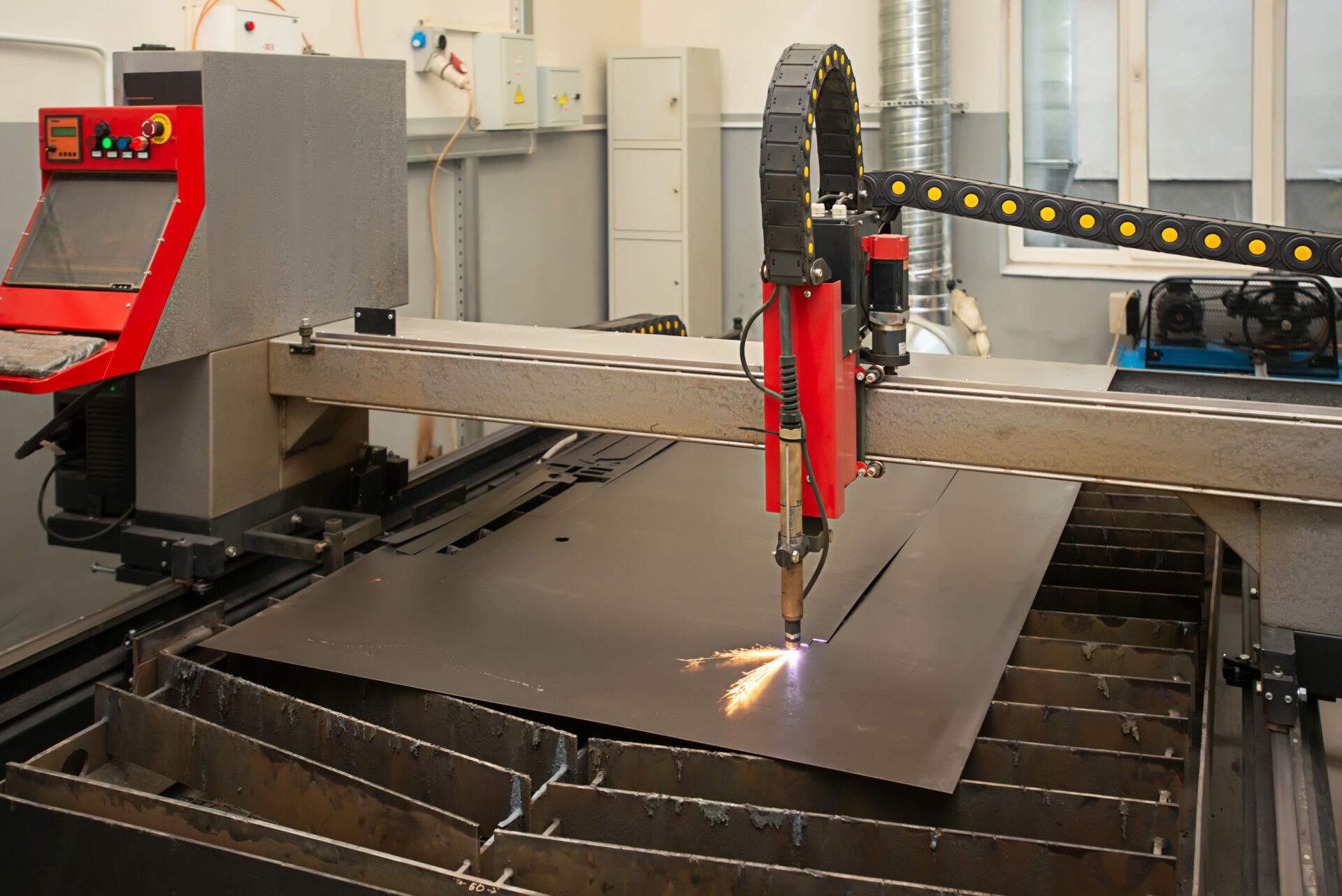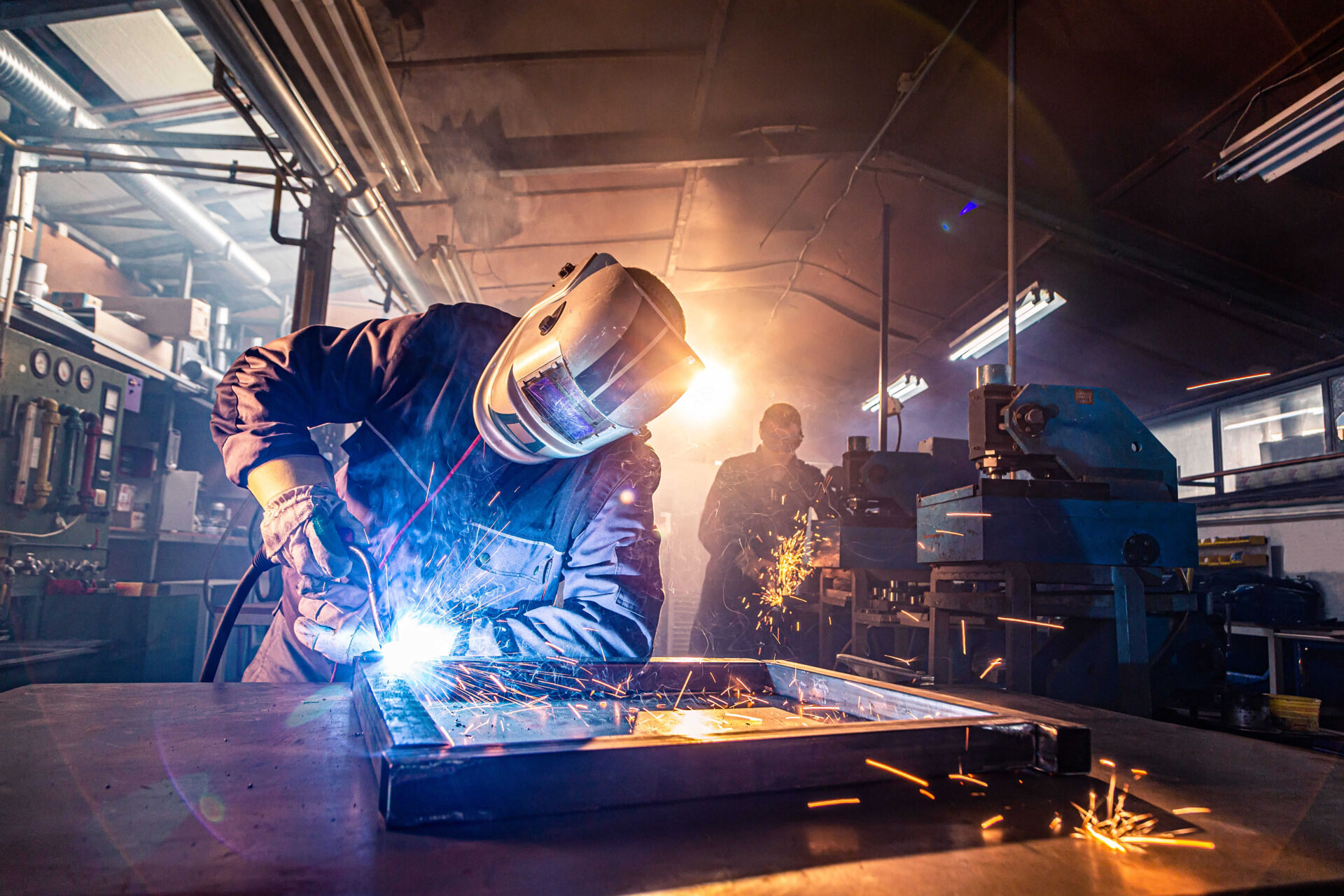Metal rolling is more than just a process of reducing and unifying the thickness of metal—you can even say it’s an art form!
While specialized machines do much of the heavy lifting, the process requires a skilled touch and keen foresight from experienced operators to ensure perfection at every step. With the right combination of cutting-edge equipment, skilled craftsmanship, and carefully selected materials, metal rolling can produce an extensive array of high-quality, versatile products suited for countless applications.
In this article, Brooks Industrial Metals will discuss the plate rolling process and explain how precision is pivotal in ensuring quality and accuracy.
About Plate Rolling
Plate rolling, or plate bending or rolling, is a metal processing technique that involves curving or shaping metal plates into cylindrical, conical, or other curved forms. Plate rolling is widely used in construction, manufacturing, and shipbuilding industries for applications such as the production of pipes, cylinders, tanks, and structural components.
It offers flexibility in creating curved forms with different diameters and thicknesses, allowing for the fabrication of custom-designed metal structures.
Why Precision Matters in Plate Rolling
The success of any plate rolling project hinges on accuracy. When the metal is not rolled to the exact specifications, it can lead to misalignments, gaps, or structural weaknesses in the final product. This is especially important in construction, manufacturing, and aerospace industries, where even the slightest error can have serious consequences.
For instance, imagine a large steel storage tank with a slight variation in its cylindrical shape. Not only would this compromise the tank’s structural integrity, but it could also lead to costly leaks or failures. Thus, achieving precision in plate rolling is not just a matter of aesthetics—it’s a matter of safety and functionality.
Suggested High-Accuracy Techniques
Achieving precision in plate rolling involves a combination of advanced technology, skilled operators, and meticulous attention to detail. Here are some fundamental techniques for high accuracy:
1. Pre-Bending
Pre-bending is the process of bending the edges of the metal plate before it is rolled into its final shape. This step is critical as it helps to eliminate flat spots at the beginning and end of the plate, resulting in a perfectly rounded final product. By using specialized equipment to pre-bend the plate, operators can ensure that the rolled cylinder or cone has a uniform diameter throughout its length.
2. Controlled Rolling
During the rolling process, the metal plate is passed through a series of rollers that gradually shape it into the desired form. The key to precision here lies in extreme accuracy controlling the pressure and position of the rollers. Modern plate rolling machines are equipped with computer numerical control (CNC) systems that allow for precise adjustments, ensuring that the metal is rolled consistently and evenly.
3. Experienced Operators
Even with the most advanced machinery, the skill and experience of the operator are invaluable. Experienced operators have a deep understanding of the properties of different metals and can make real-time adjustments to account for variations in material thickness, hardness, and elasticity. This expertise is crucial for maintaining precision and preventing defects in the rolled plate.
The Impact on Quality
Precision in plate rolling directly influences the quality of the final product. High accuracy ensures that the rolled metal fits perfectly within its intended application, whether that’s forming part of a complex structure or a simple cylindrical object. The benefits of precision include:
- Structural Integrity – Precise rolling minimizes stress concentrations and weak points, resulting in stronger, more durable structures.
- Cost Efficiency – Reducing the need for rework and corrections saves time and material costs.
- Aesthetic Appeal – For architectural applications, precision ensures that the rolled components meet the design specifications and look visually pleasing.
Choosing the Right Plate Rolling Partner
Choosing the correct plate rolling partner is essential for industries that require precision in their metal forming processes. At Brooks Industrial Metals, we understand the various applications of rolled metal.
From pipes and storage tanks to pressure vessels, we use our hydraulic rolling machines to work with metal sheets of different thicknesses and materials. We can bend the metal sheets into cylindrical, curved, or spherical shapes, following the parameters suited for your projects.
Our goal is to provide exceptional service and workmanship to all our customers located in south-eastern Alberta and areas in a precise and timely manner with fair, competitive pricing. Let our experienced staff turn your vision into reality!





